Unlocking Peak Performance: The Science Behind Compression Socks for Athletes
In the relentless pursuit of peak performance, athletes are always on the lookout for that extra edge. Whether you're traversing a rugged trail, powering through a CrossFit WOD, or grinding out miles under the ruck or on the road, every advantage counts. That advantage can start from your toes on up, and that’s why MudGear makes making the toughest compression socks a top priority — because compression socks are a game-changer in athletic performance and recovery.
But what’s the science behind these outdoor tested lower-leg wonders?
The Basics of Compression Technology
Compression socks are designed to apply graduated pressure to your legs, with the most pressure at the ankle and gradually decreasing up the leg. This gradient compression helps to promote blood flow, reduce muscle fatigue, and enhance recovery. The idea is simple: by supporting your veins and muscles, compression socks help your cardiovascular system work more efficiently, delivering oxygen and nutrients to your muscles faster and removing metabolic waste more effectively.
Boosting Circulation and Oxygen Delivery

During intense physical activity, your muscles need a steady supply of oxygen-rich blood to perform at their best. Compression socks facilitate this by improving venous return—the rate at which blood is returned to the heart from the lower body. Enhanced venous return means your heart can pump oxygenated blood more efficiently, boosting your endurance and stamina.
A study published in the Journal of Strength and Conditioning Research found that athletes wearing compression socks experienced improved venous return and oxygen delivery, which can lead to better performance and reduced muscle soreness post-exercise.
Reducing Muscle Fatigue and Soreness
Muscle fatigue is a common enemy for athletes, often leading to decreased performance and longer recovery times. Compression socks can help combat this by stabilizing muscles and reducing the vibrations caused by physical activity. This stabilization minimizes muscle oscillation, which is linked to muscle fatigue and soreness.
Research in the European Journal of Applied Physiology demonstrated that athletes who wore compression gear reported significantly less muscle soreness and perceived fatigue after intense workouts compared to those who did not.
Enhancing Recovery and Reducing Swelling
Post-workout recovery is just as crucial as the workout itself. Compression socks aid recovery by reducing the buildup of lactic acid in your muscles. They also help to minimize swelling and inflammation, common issues that athletes face after strenuous activities.
A meta-analysis in the British Journal of Sports Medicine concluded that compression garments effectively reduce muscle swelling and speed up recovery processes, allowing athletes to train harder and more frequently without compromising their performance.
Real-World Benefits for Outdoor Warriors

At MudGear, we believe in gear that not only withstands the toughest conditions but also enhances your ability to overcome any obstacle. Our compression socks are crafted with outdoor warriors in mind, offering the perfect blend of durability, comfort, and scientifically backed performance benefits. Whether you're navigating through mud, scaling rugged terrains, or pushing your limits in an obstacle course race, MudGear compression socks are your trusted companion.
Conclusion
Compression socks are more than just a trend—they're a vital tool for athletes aiming to optimize their performance and recovery. By boosting circulation, reducing muscle fatigue, and enhancing recovery, compression socks help you push your boundaries and achieve your goals. Gear up with MudGear compression socks and experience the difference in your next adventure.



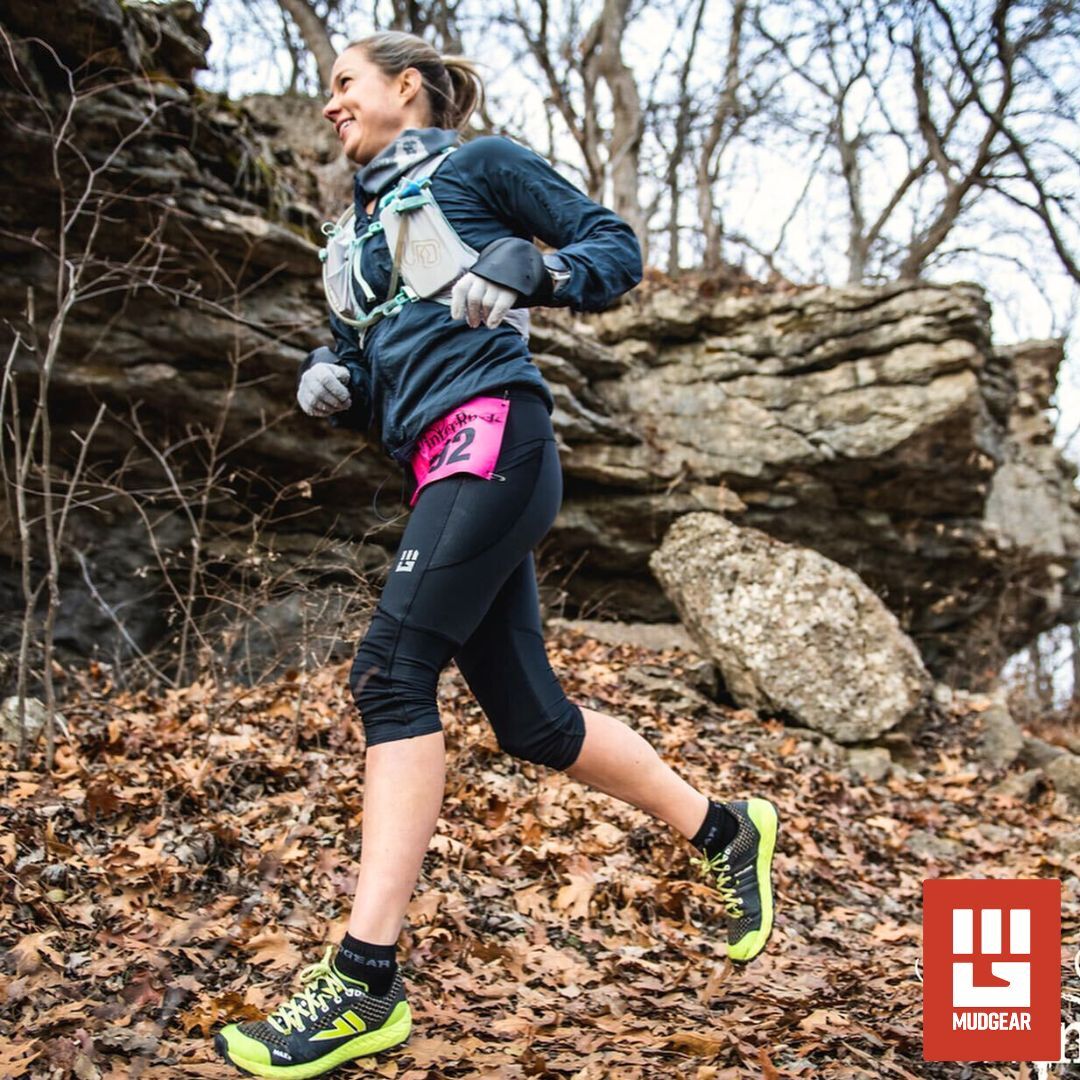
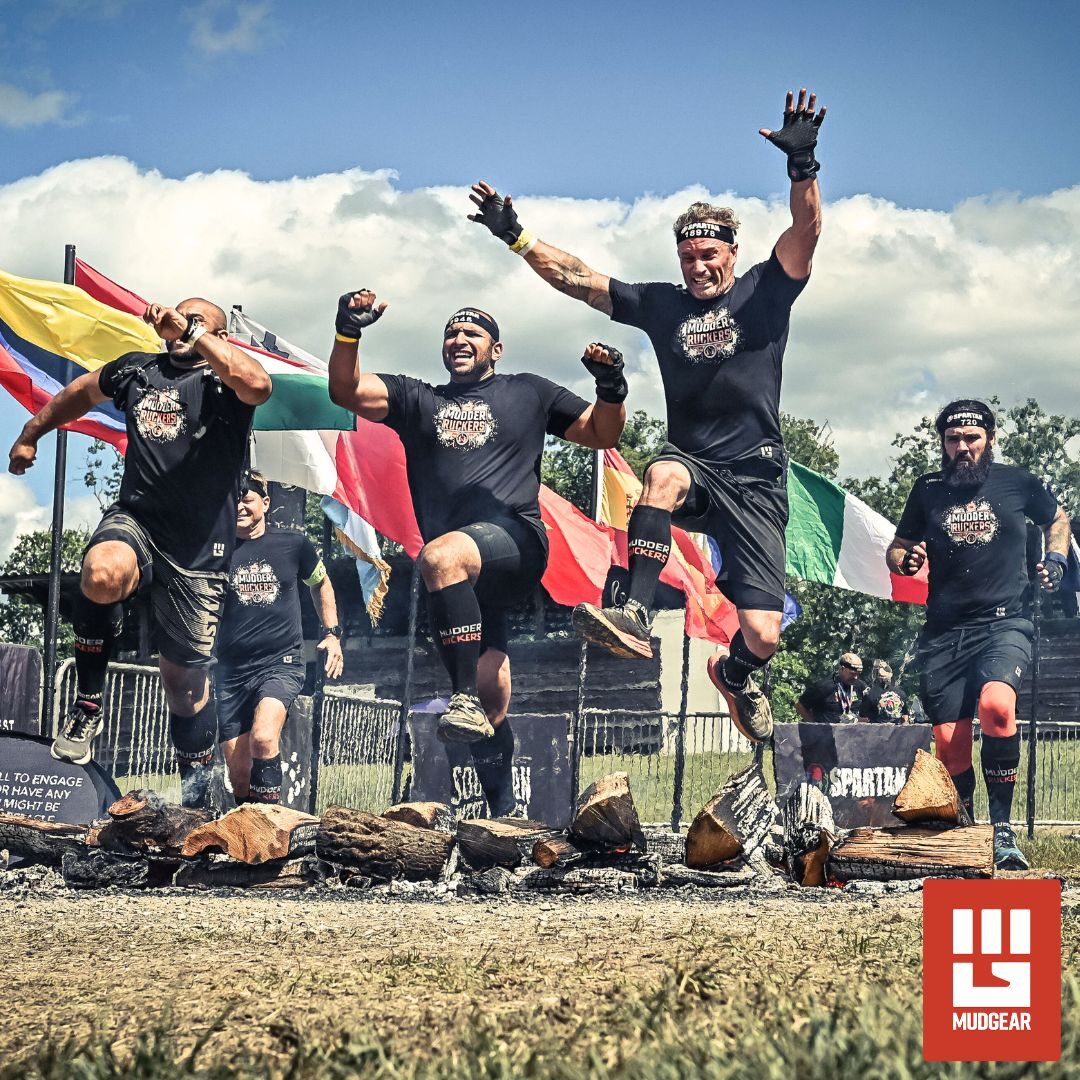
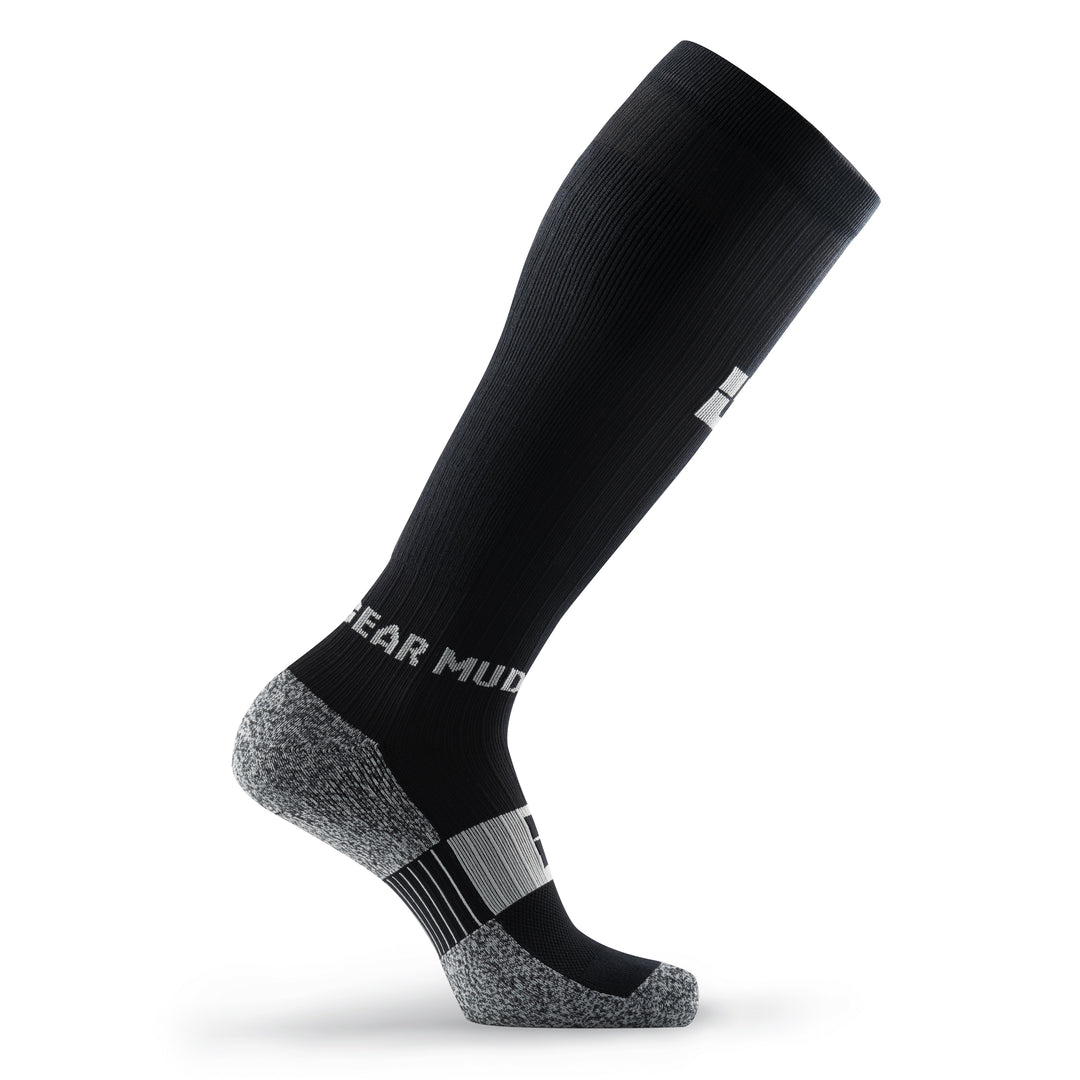
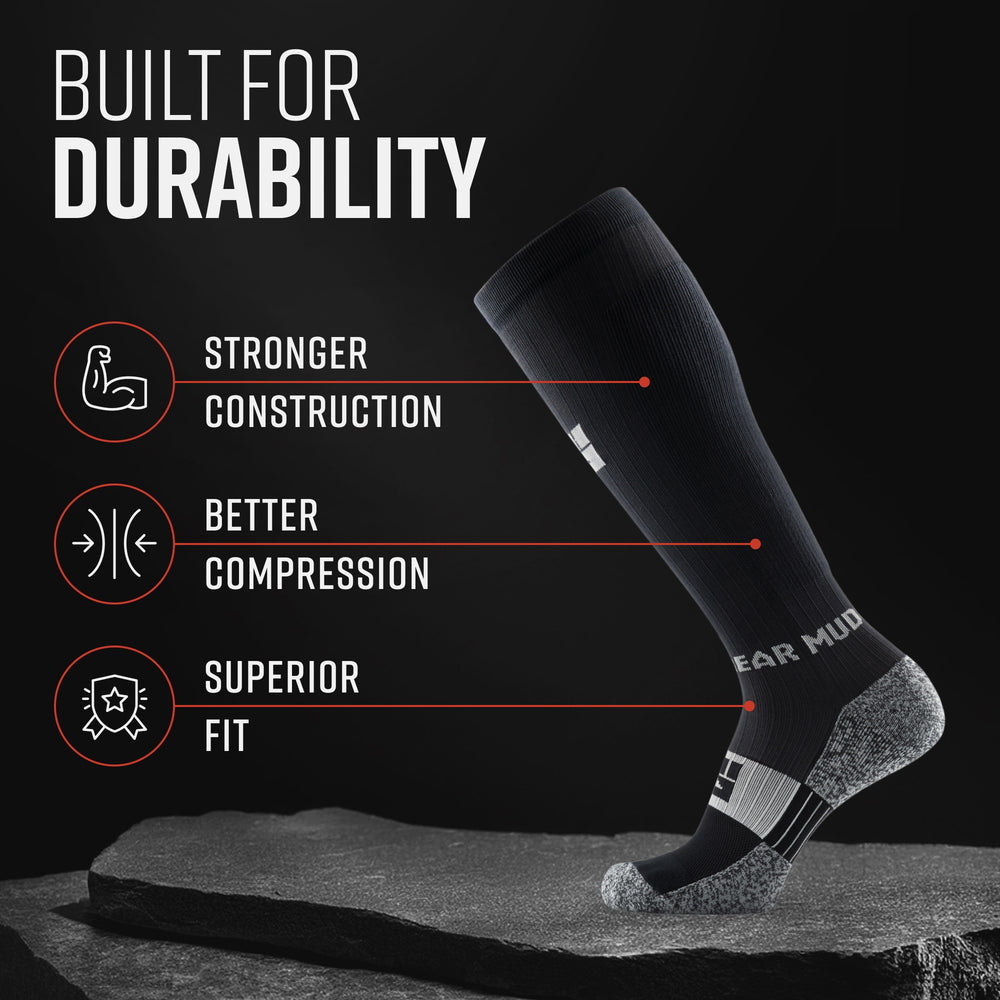
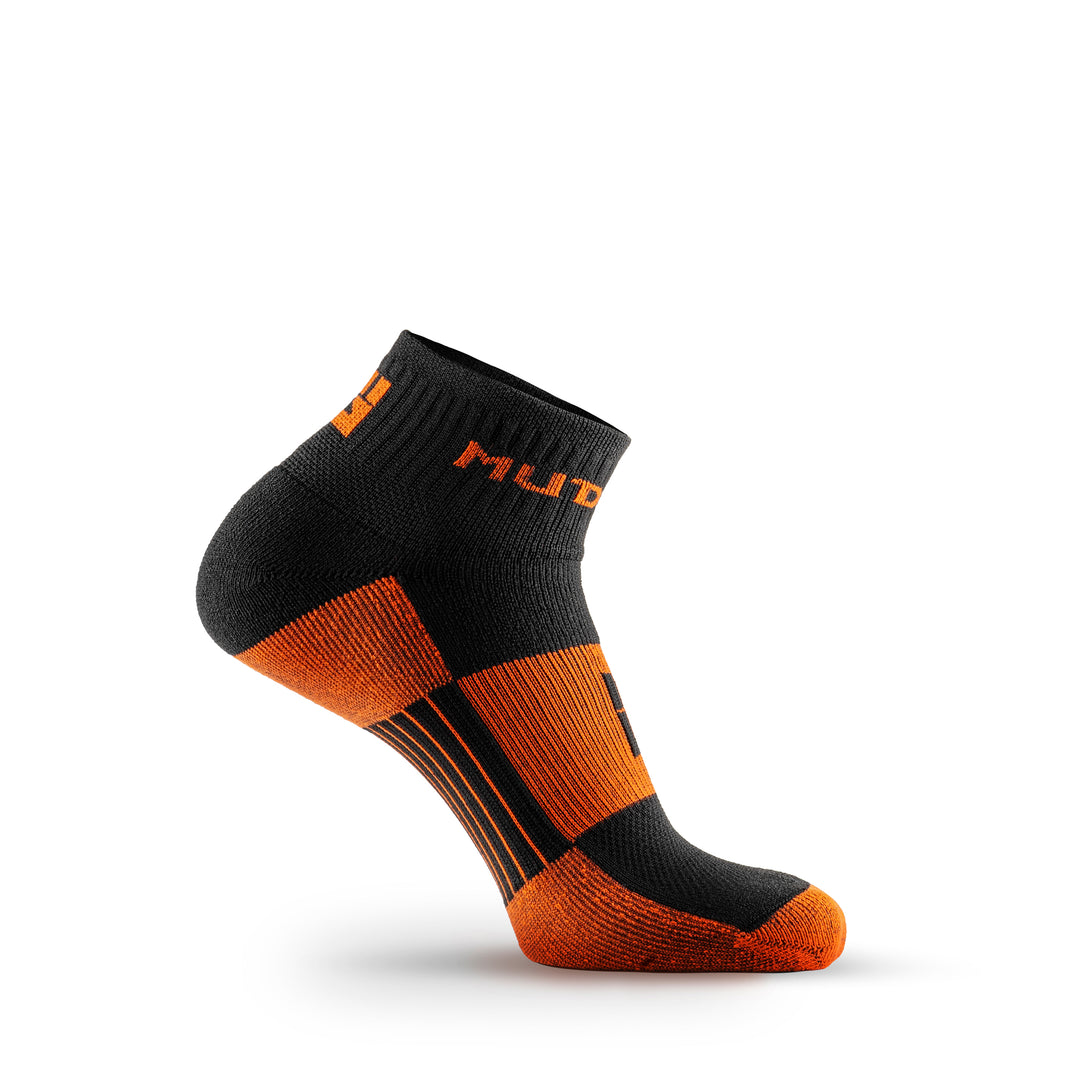
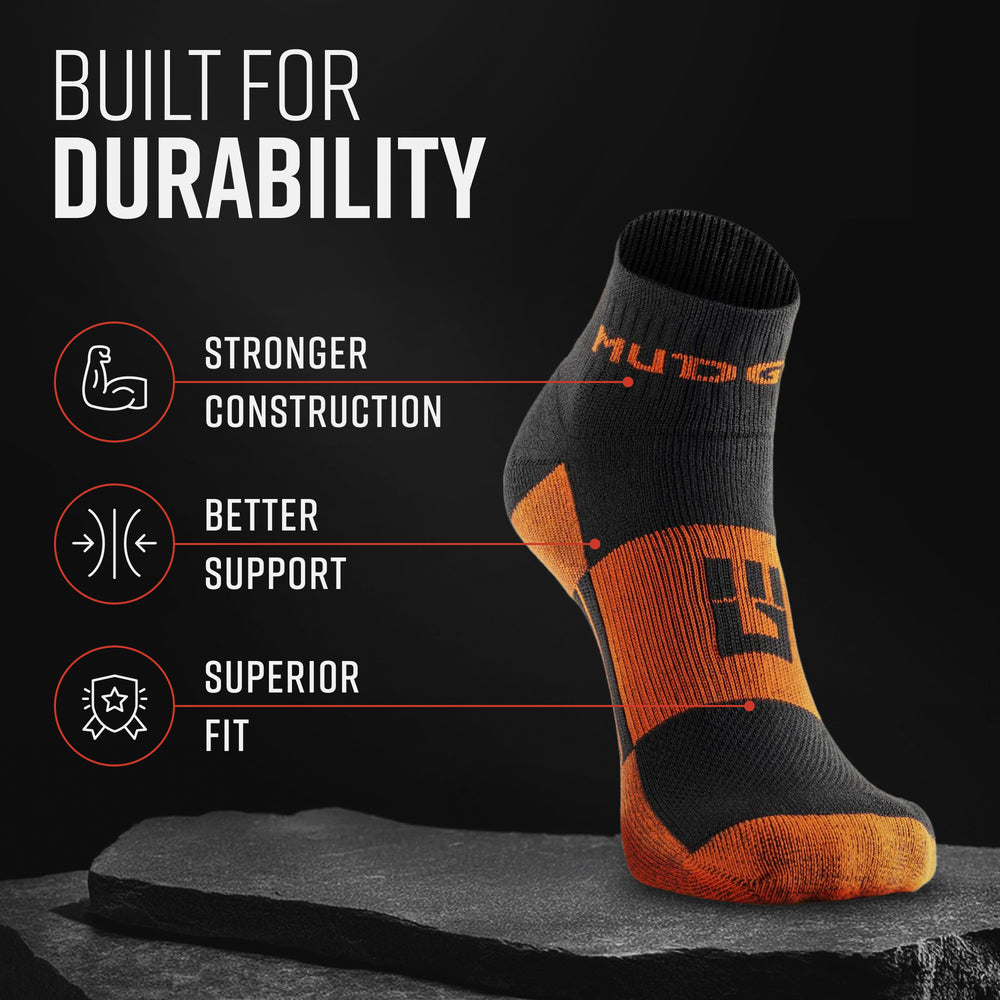


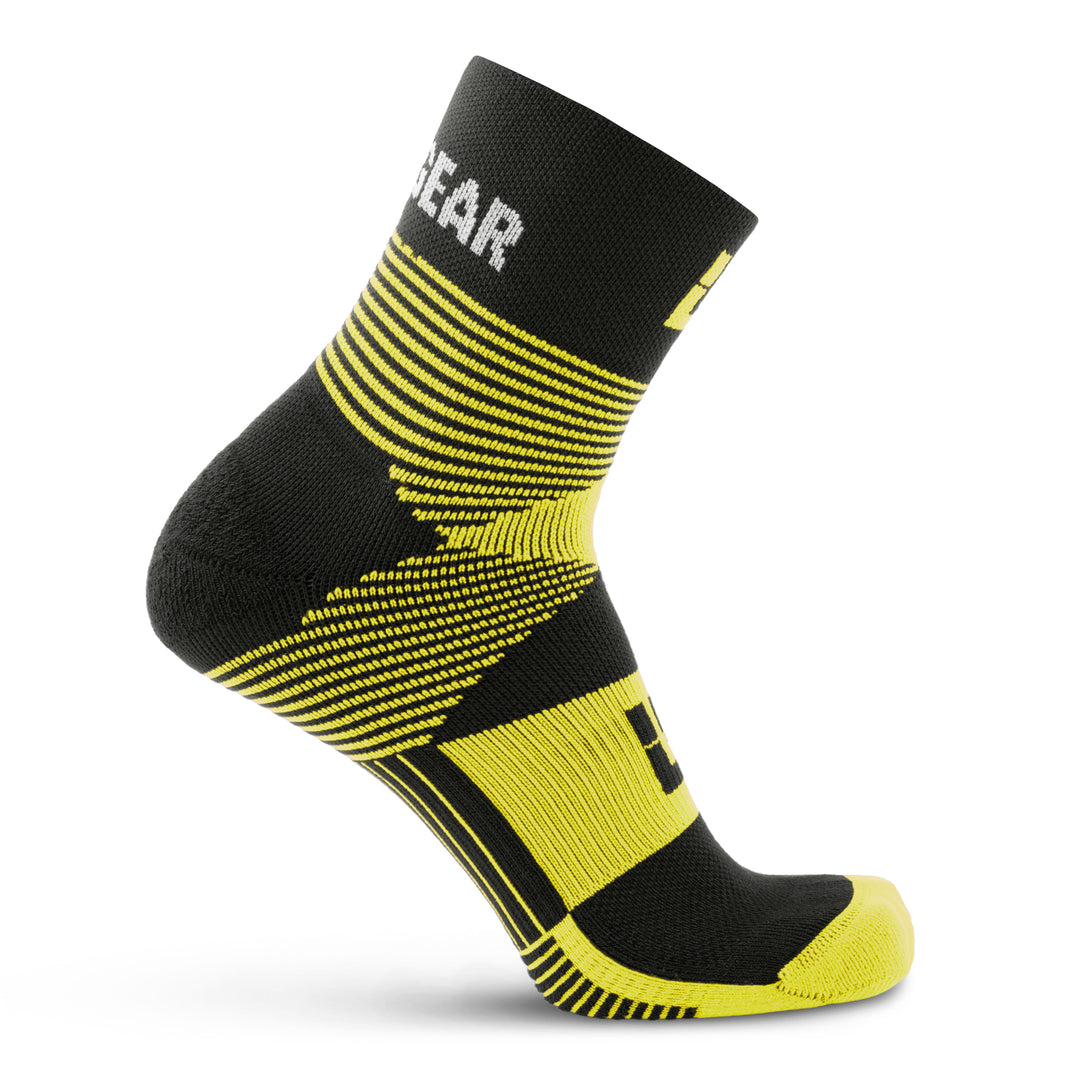
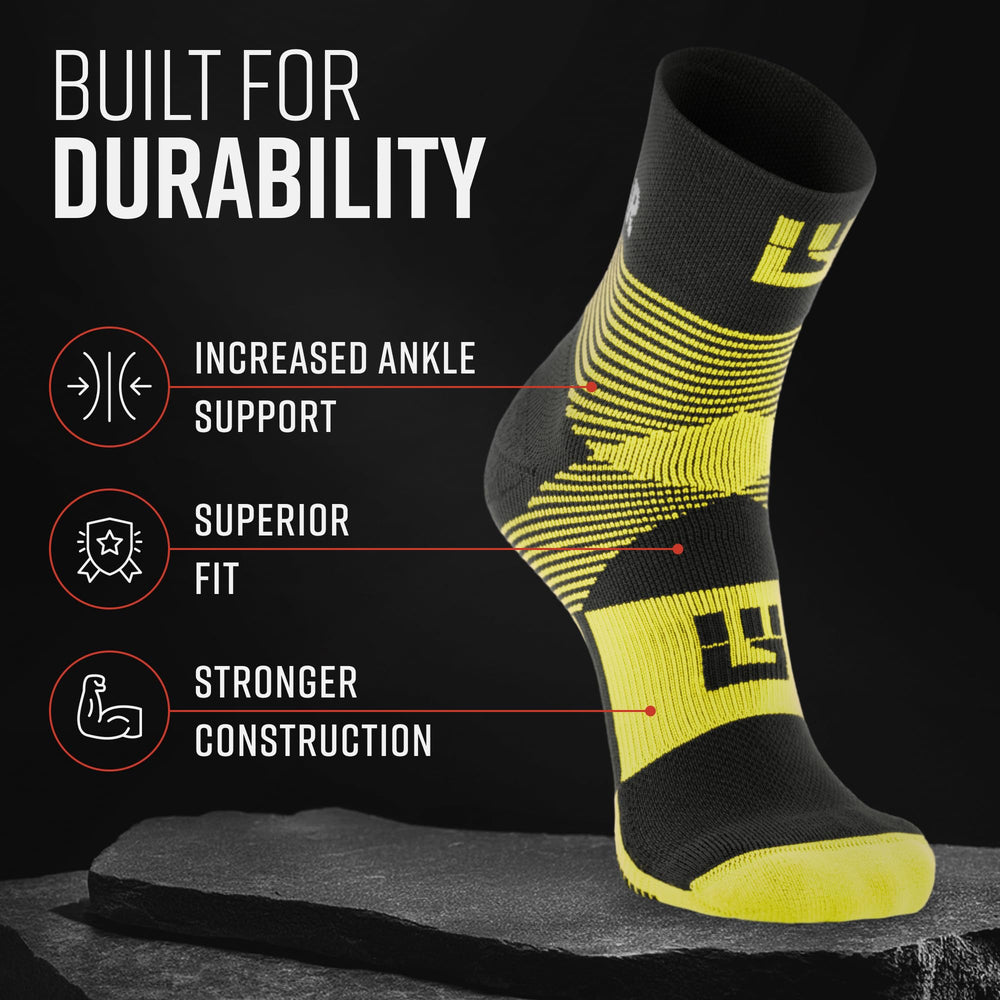

Leave a comment